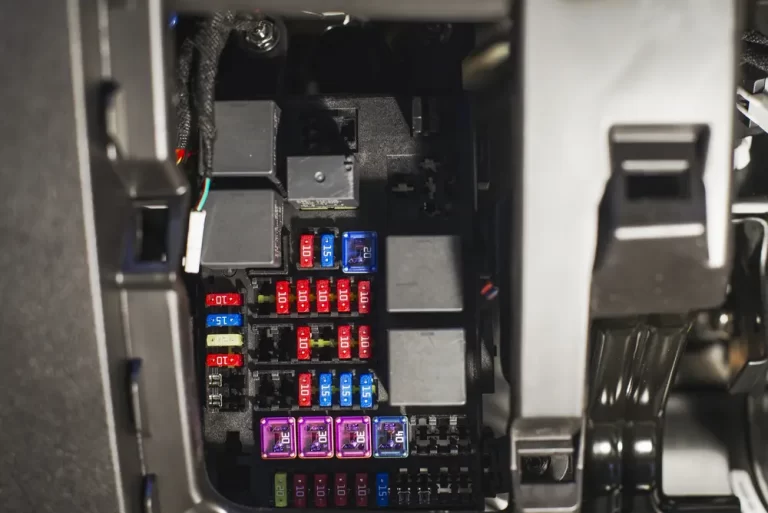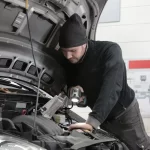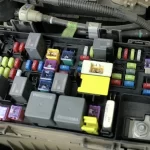The ECU-B fuse is a fuse between the battery and the ECU system. Its key role is to protect the components of the ECU system from short-circuiting. The ECU-B fuse sits in the fuse box with all the other fuses.
What is the ECU-B fuse meaning?
The ECU-B fuse is one of the many fuses in the ECU system. The ECU system is a system in many Automotive vehicles. Another name for the ECU system is the electronic engine control unit.
The main purpose of the electronic engine control unit is to manage many components in the system, including oxygen to the engine, the rate of fuel injected into the cylinders, and the ignition sequence in the engine.
Without the ECU system, your vehicle could not convert air and gas into power to power the vehicle. Sequences in the ECU are an integral part of the combustion process.
Because the ECU system has many components, it has many fuses. It is not uncommon for an ECU system to have 10 or more fuses. Some fuses are in different areas of the vehicle and they have different names to avoid confusion. The ECU-B fuse is a fuse in the ECU system.
Common fuse problems
Below are two of the most common problems that show there is an issue with a fuse.
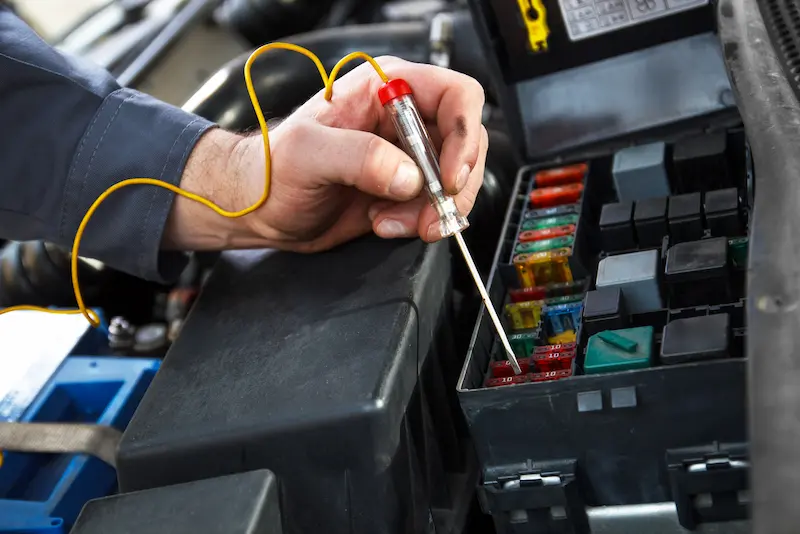
A bad fuse relay
The purpose of a fuse relay is to prevent the components and devices from experiencing an electrical surge and shorting out. If you use this place between the battery and the device. The fuse acts as an electricity buffer.
A good fuse relay will buffer the electrical current so will not overpower the component. When the fuse is not working as it should, it will not dampen the electrical current before it reaches the component. This will cause the device to overload and short circuit.
Draining battery
When there’s an issue with one fuse, a vehicle’s battery will not perform as well. It will take longer to charge. The battery will also lose its charge faster. If you were to use your air conditioner, the battery may not keep on for long.
How to fix a bad ECU-B fuse
The only way to fix a bad fuse is to replace it. No matter what type of fuse is in a vehicle, when it blows, a mechanic must replace it. You do not want to drive around with a bad fuse in your vehicle, as it could drain your battery. Plus, a bad fuse cannot buffer the electrical current from the battery. The fuse will not be able to protect the component and they too can short out or burn out.
Before you take your vehicle to a mechanic, you can fix a faulty ECU-B fuse yourself. All you need to do is purchase a packet of fuses from a nearby automobile store. Then, you need to take a flashlight, grab your driver’s manual, and search for the ECU-B fuse yourself.
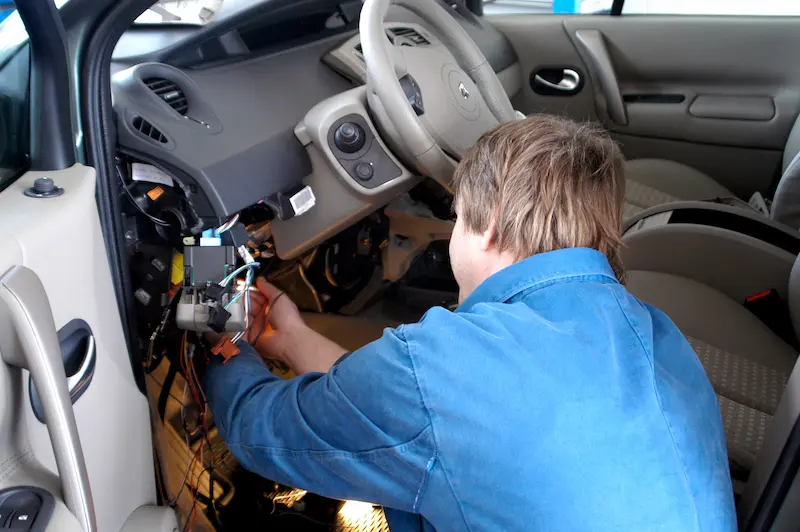
Locating your driver’s manual is a big help in the situation. The manual that came with your vehicle will be able to help you locate exactly where the ECU B fuse is. If you do not have the driver’s manual, you can always download a new manual from the manufacturer of your vehicle.
Before you touch any fuse boxes or batteries, turn off the vehicle. You should not have the engine on or the battery on while replacing a fuse. Also, wear heavy-duty gloves.
The ECU-B fuse should sit with the other fuses in the fuse box. The location of the fuse box depends on the vehicle. If you can look online for your specific Vehicle fuse locations, that would be a great help to you. The location of the fuses and the fuse box varies depending on the vehicle. Once you find the ECU-b fuse, remove the fuse and then replace it with a new fuse. Once again, the engine should not be on while you replace the fuse.
I replaced my faulty ECU-B fuse, but it keeps blowing out. what is wrong?
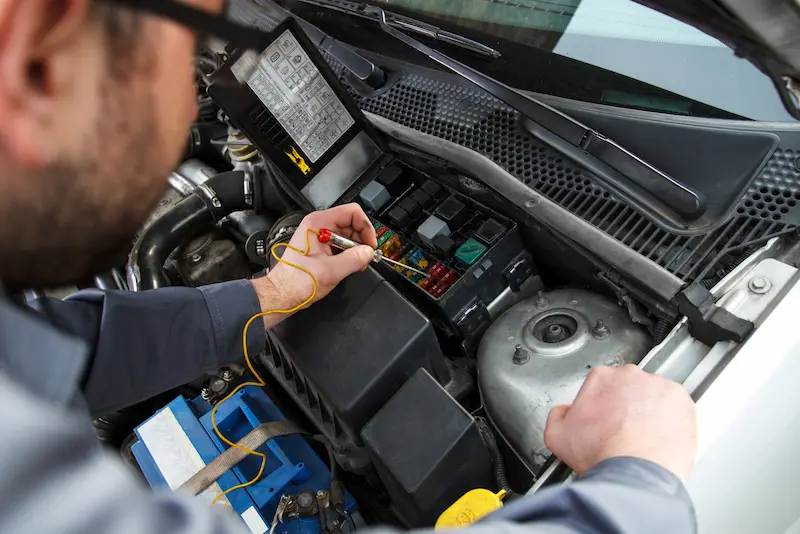
If you keep replacing a fuse, but then it breaks, then the issue is with the wiring. It is possible for the ECU-B fuse to experience wiring issues.
For example, certain vehicles have an ECU-B fuse that connects directly to the anti-theft system in the vehicle.
When the ECU-B fuse fails repeatedly, the wiring that connects the fuse to the anti-theft system is in ruins and requires replacing. Unfortunately, replacing the wiring in a vehicle is far more expensive than replacing a fuse. But if you do not replace the wiring, the fuse will continue to blow.
Not only that, faulty wiring can affect any components connected to the ECU-B fuse. If the anti-theft system connects to the ECU-B fuse, then the system will not work when it is supposed to.
In a vehicle, the anti-theft system will sound an alarm if the sensors indicate that the sensors detect if someone is trying to break into the vehicle. But if the wiring blows the fuse, then the anti-step system will not set off an alarm.
Depending on the vehicle, the power windows, navigation, power seats, electronic suspension, anti-theft system, headlights, and air conditioning could all be part of the ECU system and connected to the ECU-B fuse. With so many components connected to a single system, a fuse that continues to burn out can damage the entire system.
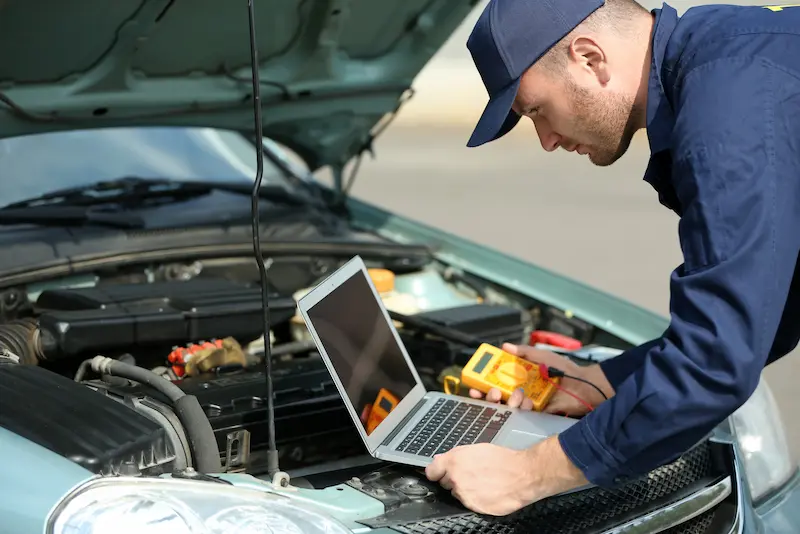
Conclusion
The ECU-B fuse is part of the ECU system. The ECU stands for the Electronic Control Unit. ECU-B fuse is an integral part of the ECU system. Two important reasons the ECU-B fuse can blow are a bad fuse relay overpowering the fuse or a draining battery overloading the fuse. If you have your driver’s manual or you know your way around vehicles, you can find the ECU-B fuse yourself and replace it. However, you can take your vehicle to a mechanic and have them replace the fuse.

